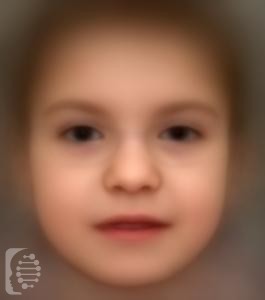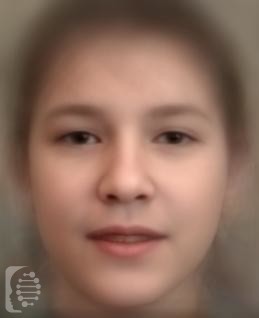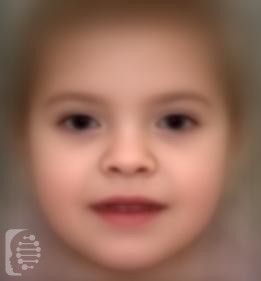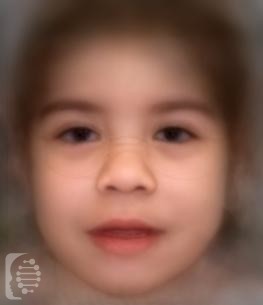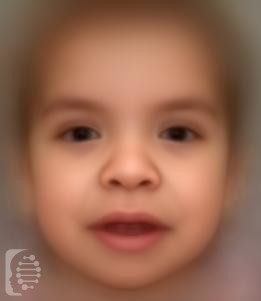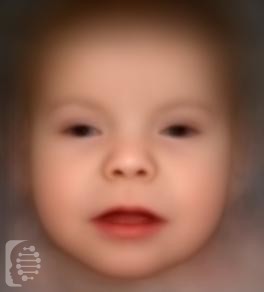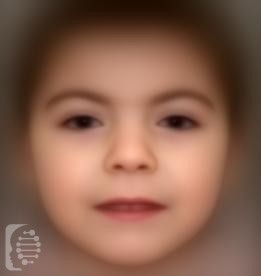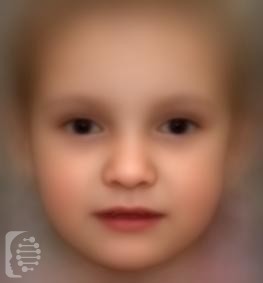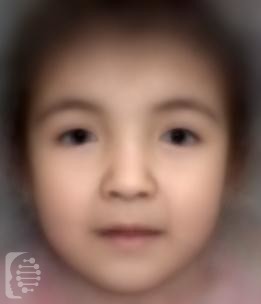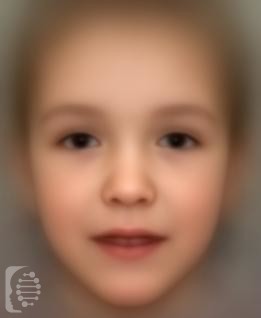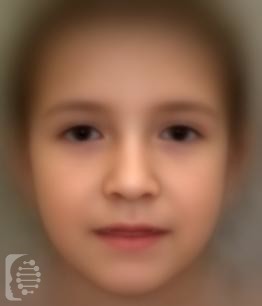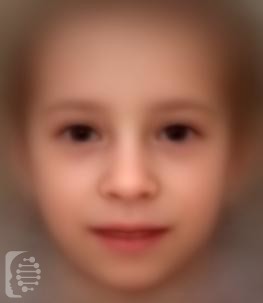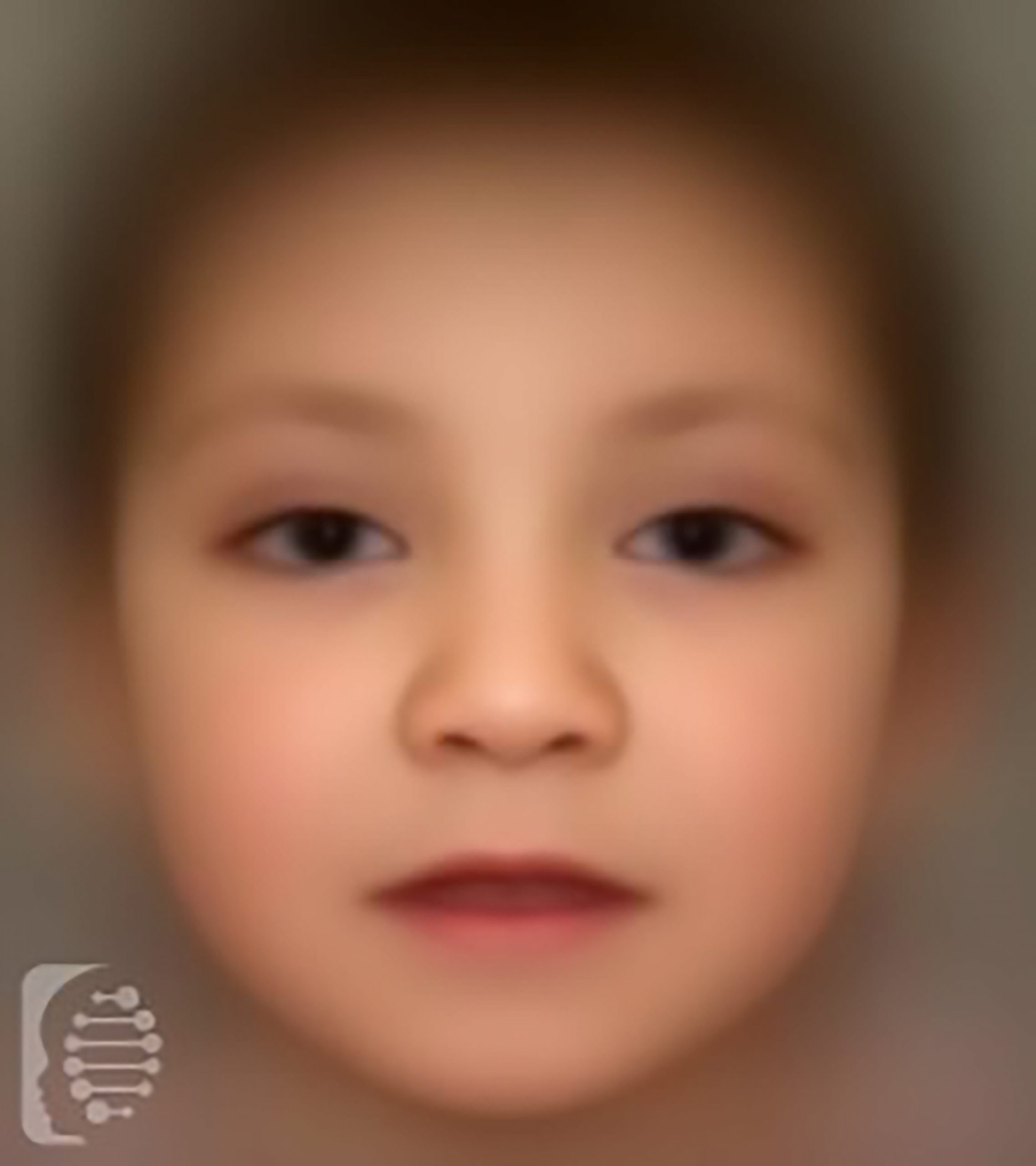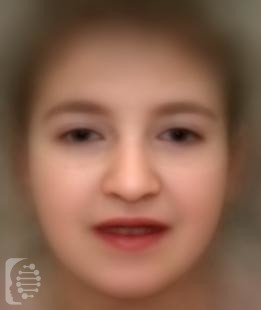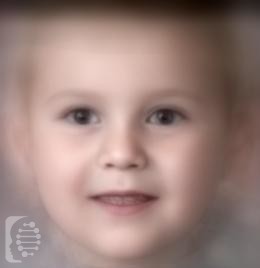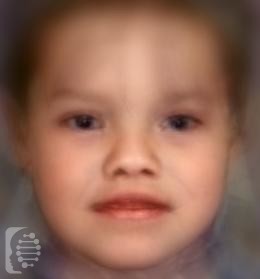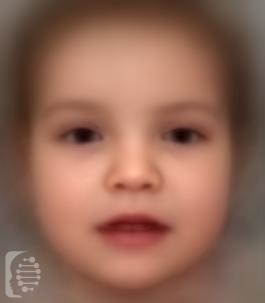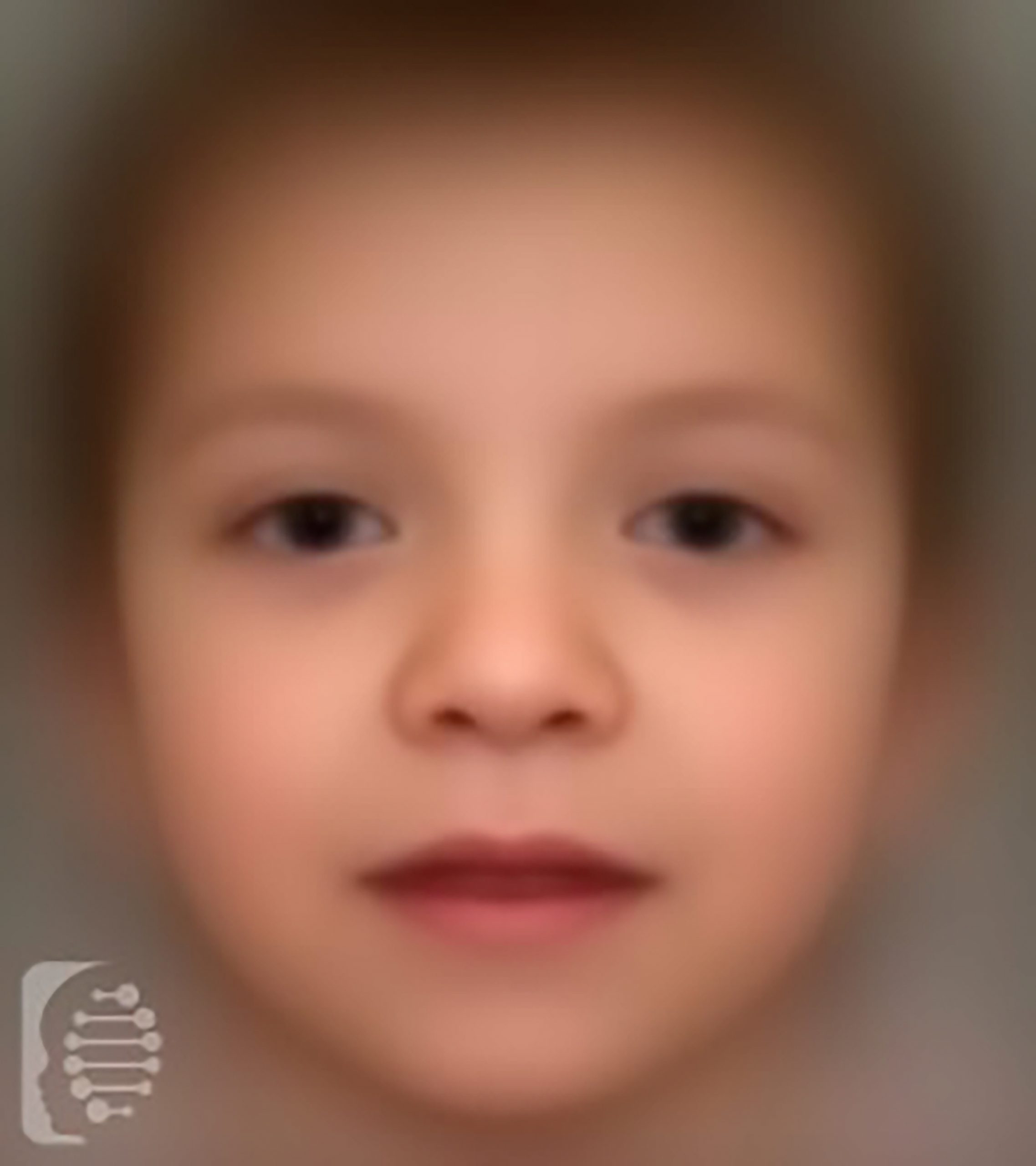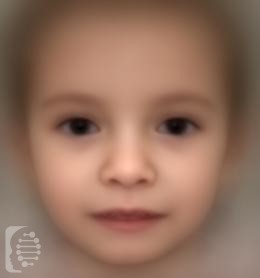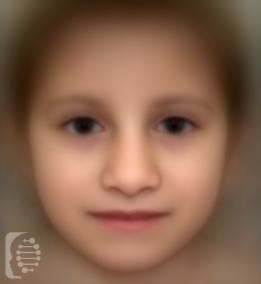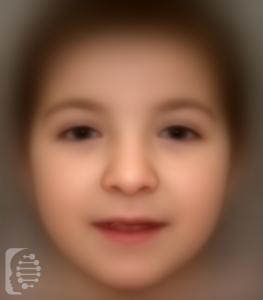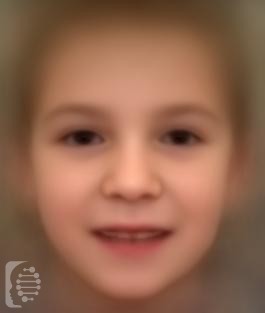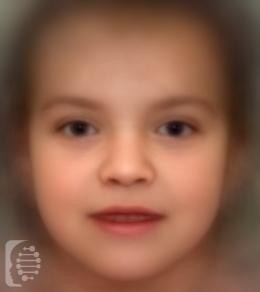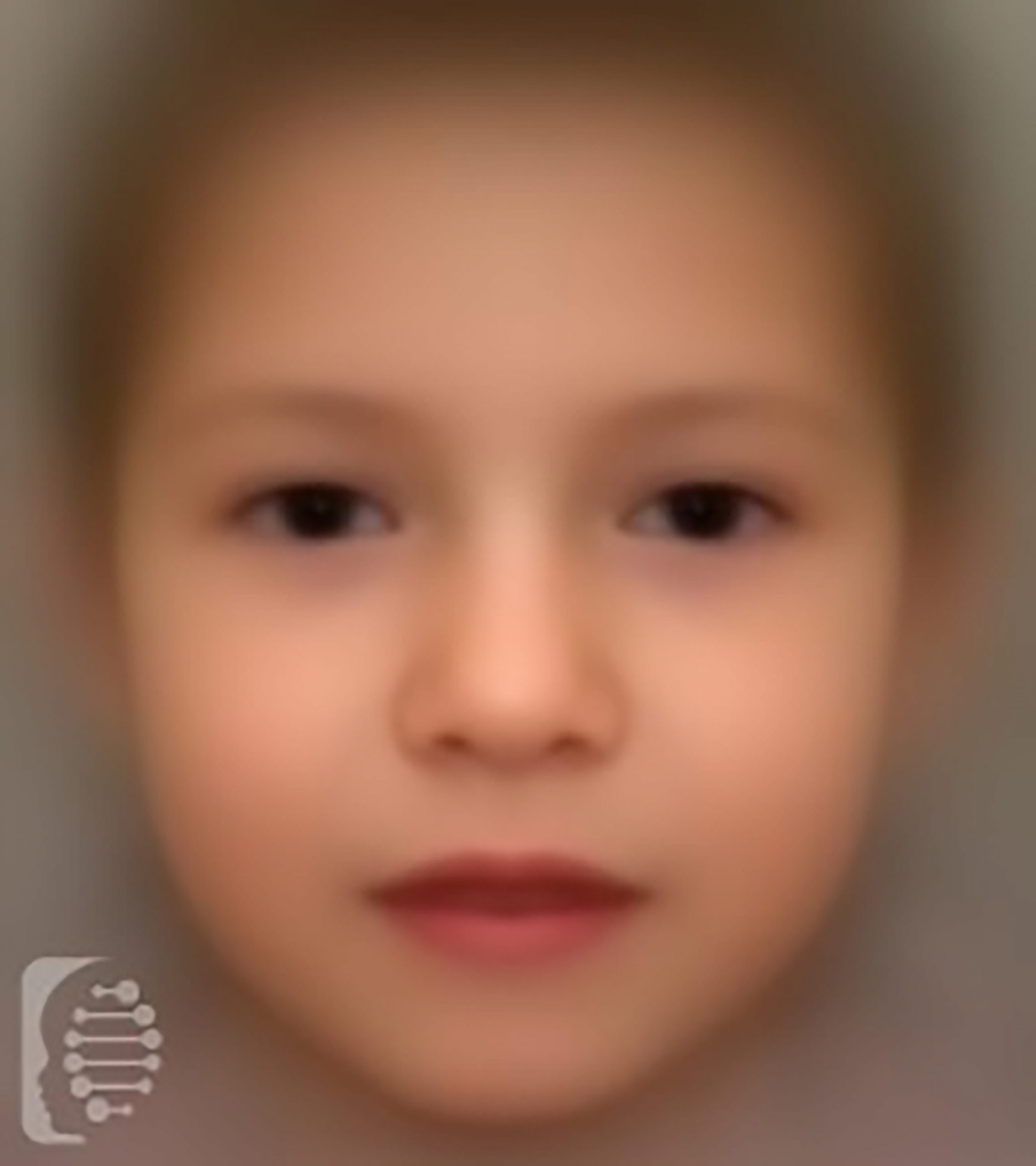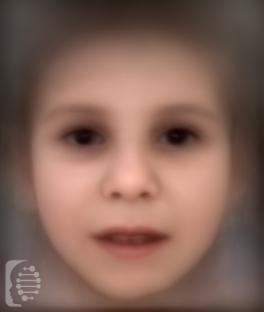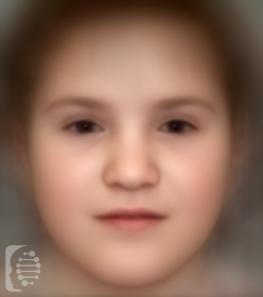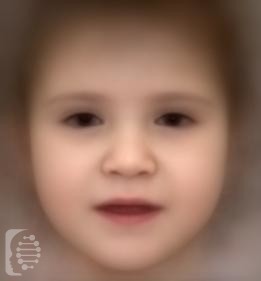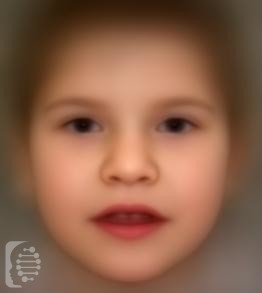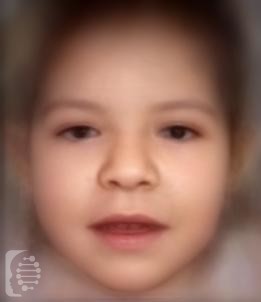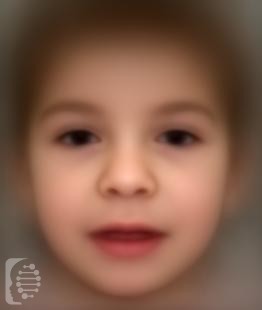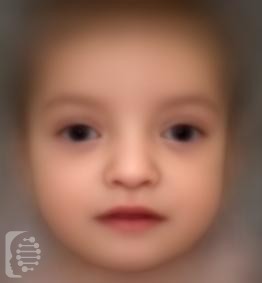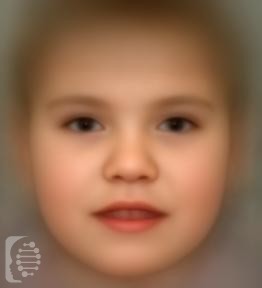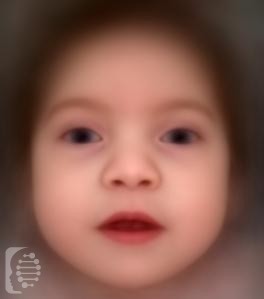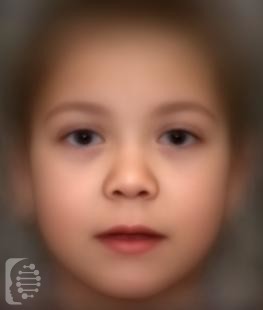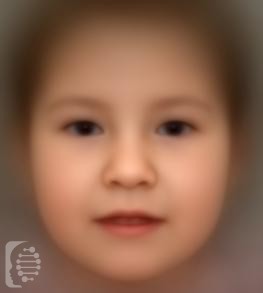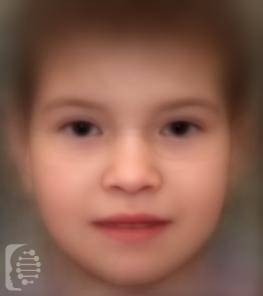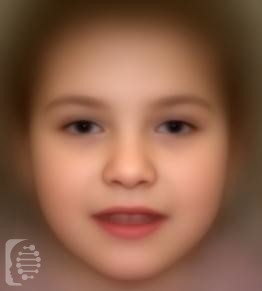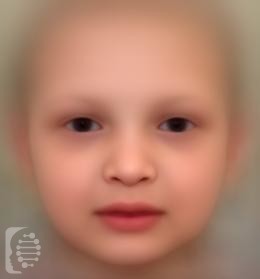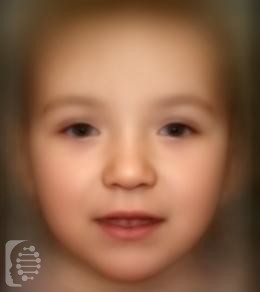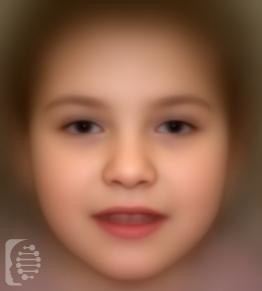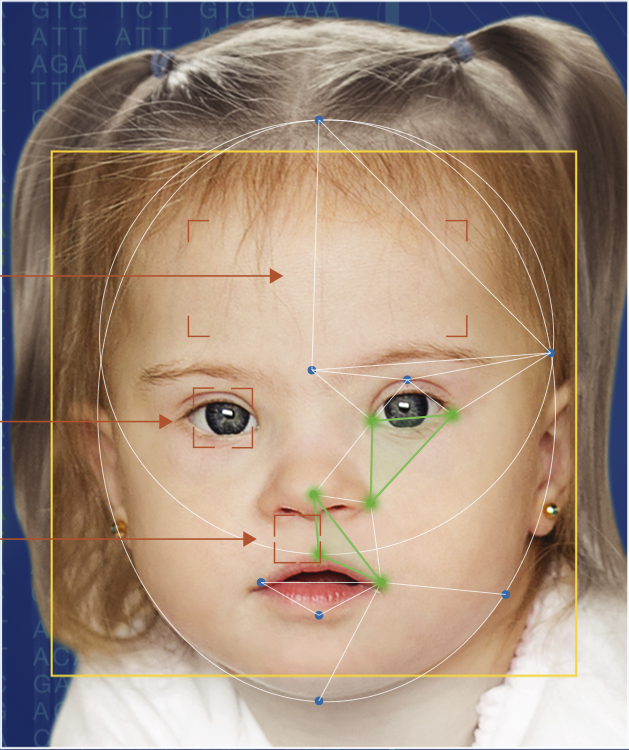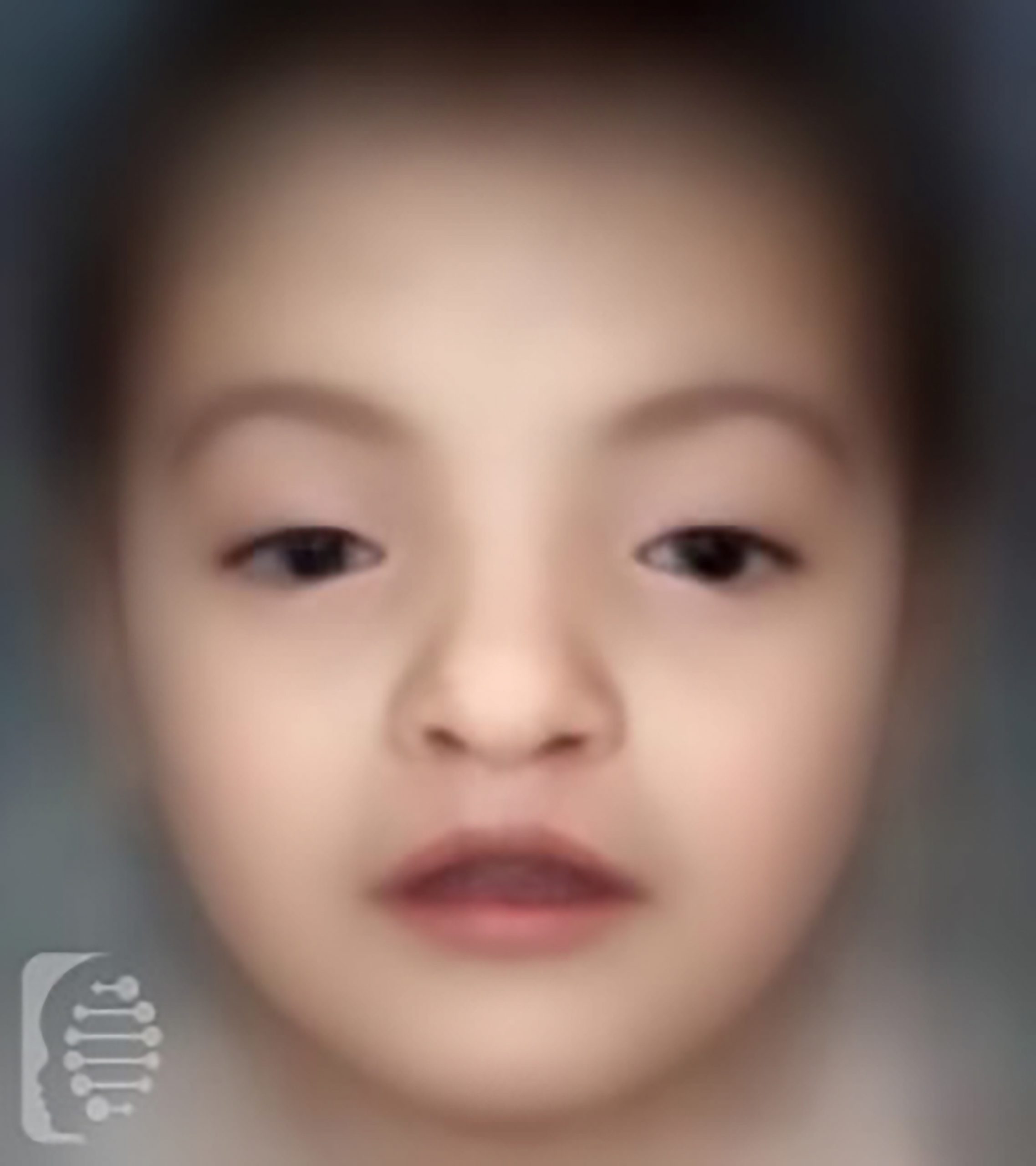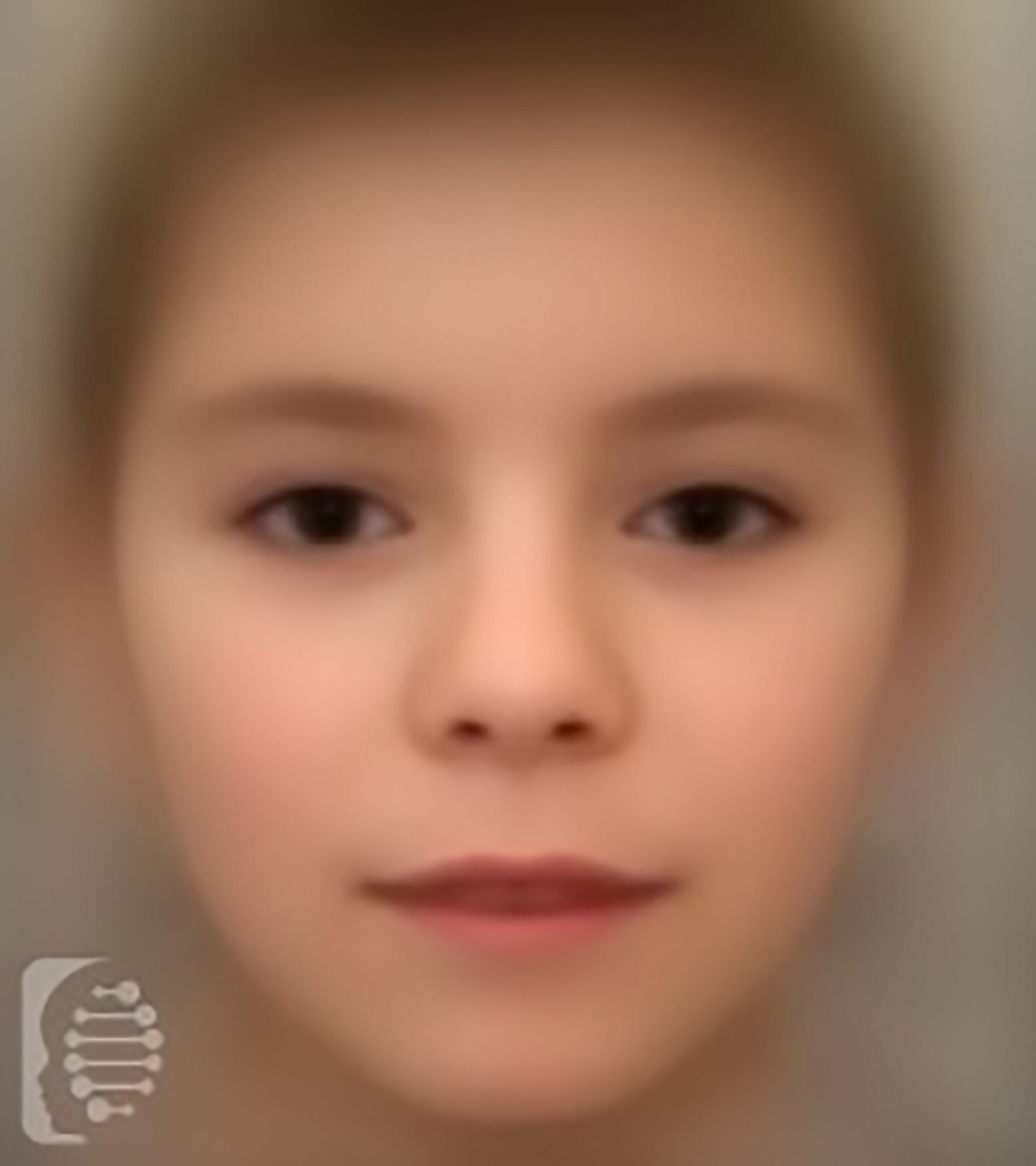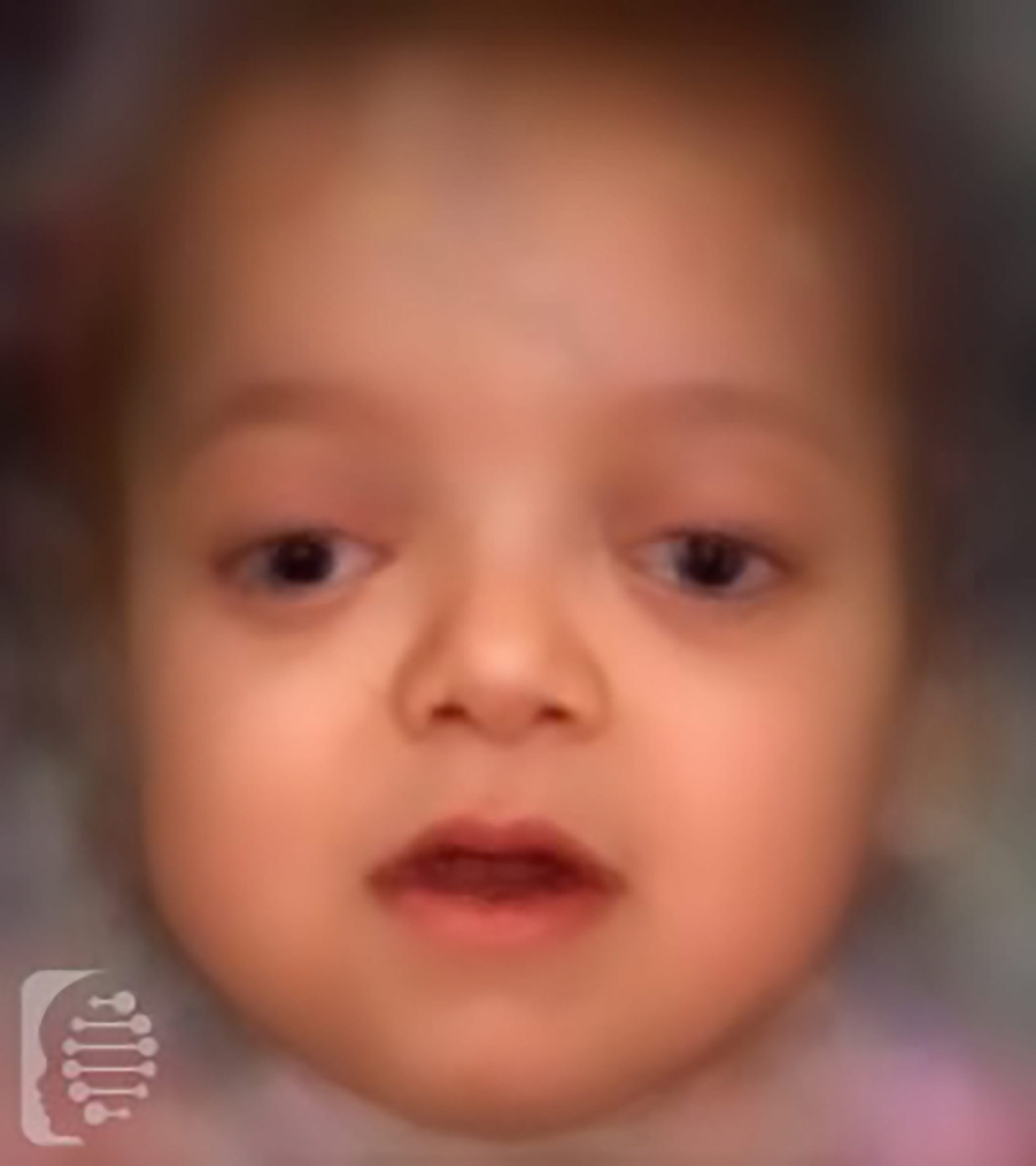Paula and Bobby
Parents of Lillie
Focal Behavior Arrest Seizure

Understanding nervous system related symptoms and features.
Symptoms may affect multiple parts of the body. Understanding which part of the body a symptom affects, can help us to better understand the potential underlying causes of a symptom, including a rare disease or genetic syndrome.
The nervous system is made up of a network of nerves and cells that carry messages to and from both the brain and the spinal cord. Within the nervous system are the Central nervous system and the Peripheral nervous system.
The brain and spinal cord make up the central nervous system.
Within the peripheral nervous system are the somatic and autonomic nervous systems. The somatic system controls responses to sensory stimuli, while the autonomic nervous system controls the inner workings of organs, including digestion, breathing and the heartbeat.
Sleep is one body function, controlled by the autonomic nervous system, specifically the sympathetic nervous system.
What is focal behavior arrest seizure?
Focal behavior arrest seizure can include focal aware behavior arrest seizure (with awareness continuing throughout) and focal impaired awareness behavior arrest seizure. “Focal” is an important emphasis in the term to differentiate between these and absence seizures, or generalized non-motor seizures.
Brief behavior arrest is very common, and thus, in order to identify a seizure as focal behavior arrest seizure, the arrest must persist throughout the entirety of the seizure. Behavior arrest means movement stops. The person experiencing the focal behavior arrest seizure may simply stare and not otherwise move at all.
Common non-motor symptoms of focal behavior arrest seizure could include changes in sensation, emotions, thinking or cognition, or in autonomic functions: the person could feel things such as gastrointestinal sensations, waves of heat or cold, goosebumps, or heart racing. Motor symptoms could include unusual chewing movements, mumbling, wandering or running away, falling down, jerking or shaking, loss of bladder control, or automatisms: repetitive, non-purposeful movements that appear random, such as plucking, blinking, lip smacking, grunting, gulping or shouting.
If at the start of the seizure, fear resulting in an inability to move (“freezing”) is clearly identified by the patient as the seizure’s primary onset feature, the seizure can be classified as a focal emotional seizure with fear, with the descriptive feature being immobility due to fear.
What should I do next?
In some instances, focal behavior arrest seizure may be one of the features of a rare disease or genetic syndrome. In this case fast, targeted genetic analysis can give you a more accurate diagnosis.
Synonyms:
Localized seizure with behavioral arrest, hypokinetic seizures, focal behavior arrest seizure, partial hypokinetic seizure, focal hypokinetic seizure, hypokinetic seizure, localized seizure with behavioral arrest, partial seizure with behavior arrest
HPO:
0011173
Optional syndromes:
Clarify any concerns you may have and get tested online today!
Schedule Your Online Meeting Now
Synonyms:
Localized seizure with behavioral arrest, hypokinetic seizures, focal behavior arrest seizure, partial hypokinetic seizure, focal hypokinetic seizure, hypokinetic seizure, localized seizure with behavioral arrest, partial seizure with behavior arrest
HPO:
-
0011173
Optional syndromes:
FDNA™ Health can help you with the diagnostic journey.
Learn about child developmental delays: Causes, Symptoms, and Therapies.
Don't wait years for a diagnosis. Act now and save valuable time.
Explore the most detected symptoms in our system (numbers are global and based on the data from 120 countries):
What is FDNA Health?
With the largest global database and a leading decision-support tool using AI, FDNA™ Health enables patients and their families to better understand symptoms and conditions with the goal of shortening the time to diagnosis.
Benefits of FDNA Health
Save valuable time by
learning about possible conditions
and report to your clinician
Advanced AI technology
and leading worldwide clinicians
shortening time to diagnosis
Looking for answers?
Worried about child development?
We are here to help you!


